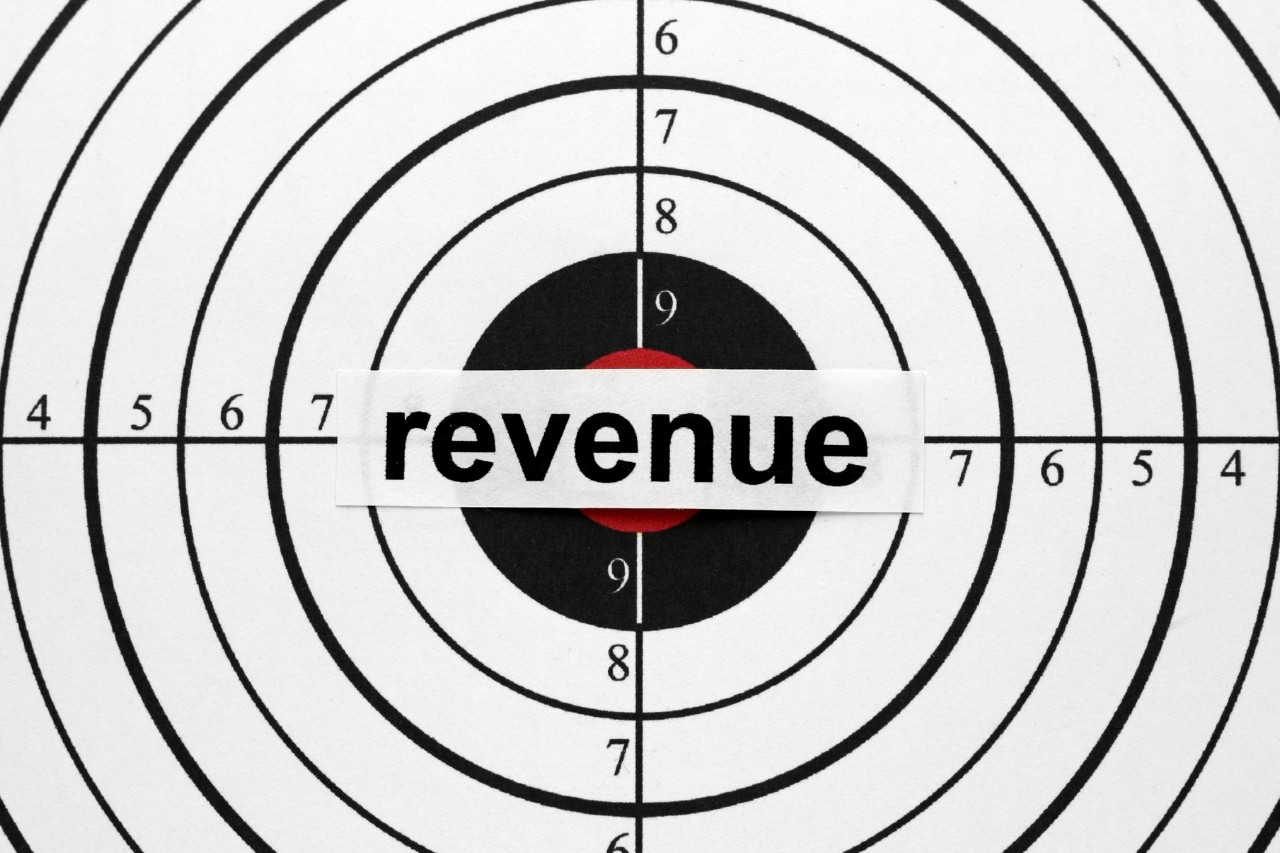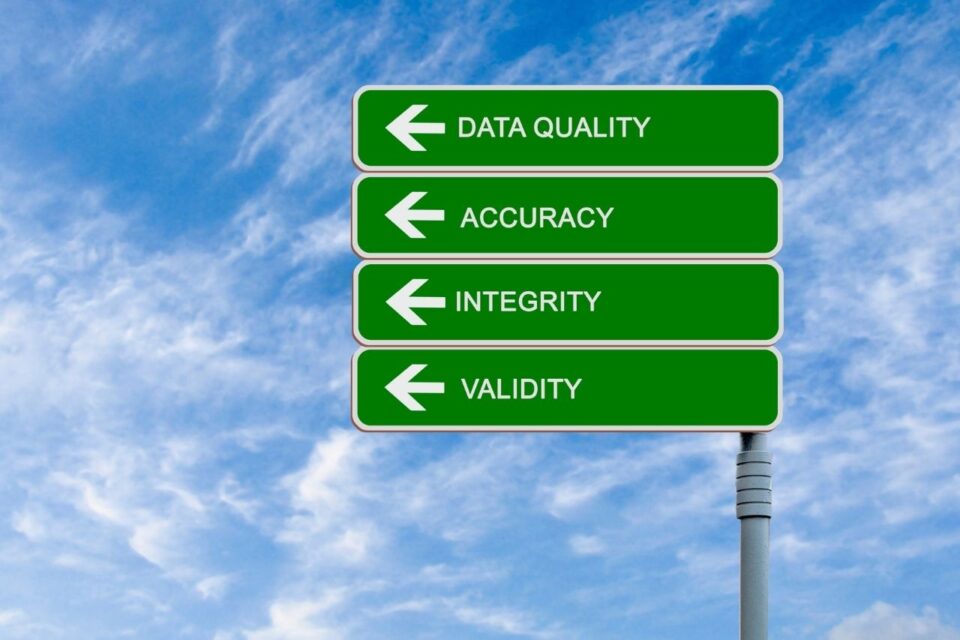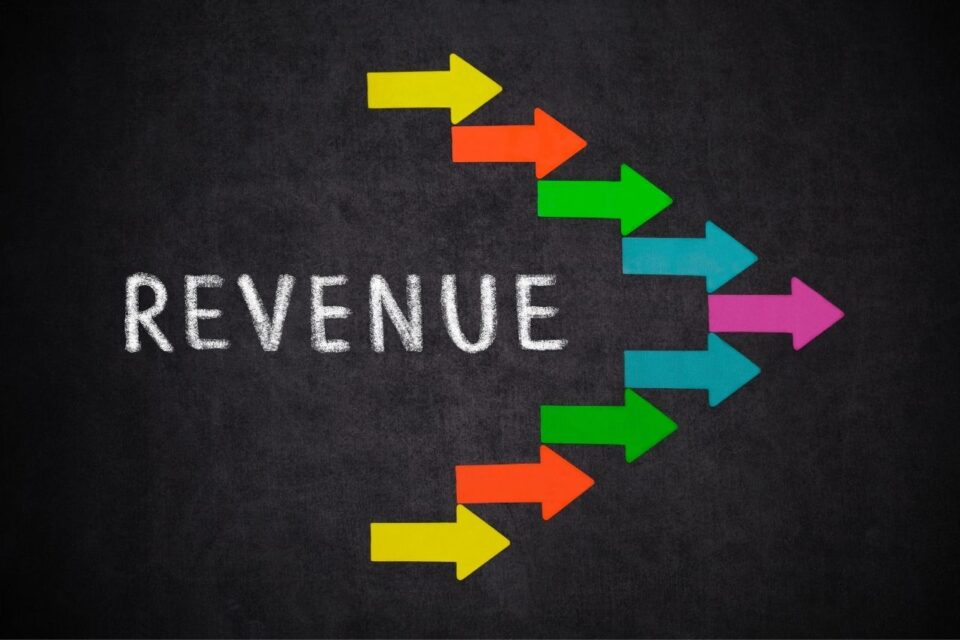
7 Tips to help you Boost Your Revenue Cycle in 2019
April 8, 2019
Maximize Provider Revenue with Payer Contract Management
April 22, 2019The RCM process is being revolutionized with every passing day.
Technology is driving this change by connecting patients with providers like never before.
Now, we live in a world where internet, wearables, smartphones and various other similar technologies are everywhere. This makes communication a piece of cake.
While you may find this beneficial in your daily lives, this instantaneous communication is also something that patients and healthcare providers can also benefit from.
The Role Of Technology
RCM systems can leverage connection to shorten their revenue collection cycle. The current system is very disconnected, and hence it takes a lot of time for a revenue cycle to be completed.
However, with technology, engaging patients both for their health and finances will be easier.
Tools can be implemented to enable constant communication between patients and healthcare providers. Via technology, the patient experience can be automated, manual functions of the RCM system can be eliminated, and outcomes can be adequately predicted beforehand.
Automating Patient Experience
It has been observed that patients now have increased financial responsibility. This makes a connected experience a necessity. Most patients prefer electronic billing and payment systems for convenience. The current RCM systems don’t allow for such integration.
However, if the technology were infused in it all to automate the process, both patients and providers will benefit. Implementing self-service technology will allow patients to schedule appointments from their smartphones and get estimated cost beforehand. It will also let them pay their bills via the online platform. This will allow for smooth patient experience and increase revenue collection.
Elimination Of Manual Process
The current RCM system relies on manual processes. This system has failed to keep up with the changing needs of patients.
However, by automating it all via technology, from the moment a patient registers for service to the moment their bills are resolved, convenience will be ensured. This will also reduce the cost of collecting bills per patient.
Moreover, the follow-up cost, which is one of the most significant expenses of RCM will also be reduced. Not to mention that the frustration many feel with the system will also go down, increasing patient satisfaction.
Predicting Outcomes
Interacting with customers via technology won’t just revolutionize the collection process.
Instead, the data gathered by it can be used to predict patient outcomes.
For instance, wearables and mobile apps can be used to monitor the health of patients outside the facility. This can help in better understand patient health and recommend treatment accordingly.
With the right treatment at the right time, the cost can be kept in check. This ensures that expenses stay within a budget of patients, thereby increasing the chance of timely revenue collection.
Conclusion
Technology is already changing the RCM model by connecting patients to providers like never before. However, its benefit is not fully utilized.
Time will tell whether healthcare providers will realize the opportunity they have due to the rise of technology. And how best they can utilize it to boost their revenue collection.
Do you want to increase your bottom line? Learn how our software is saving other organizations $$MILLIONS!
If you are interested in a free demo of our AllPayor® Software, please go HERE or you can register for a FREE webinar HERE





